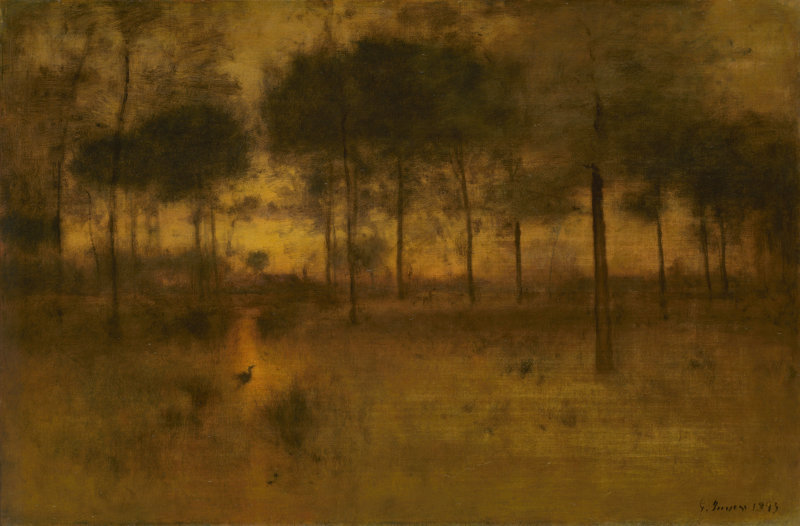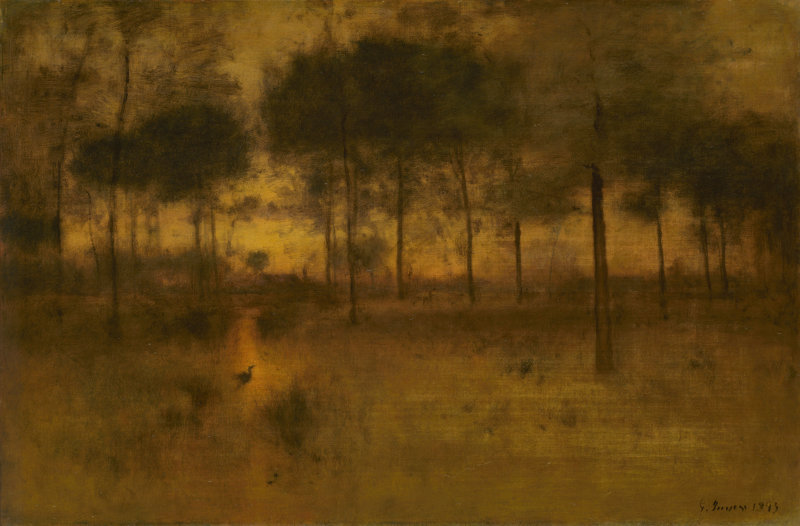
“Today we have gathered and see that the cycles of life continue.” Adapted from the Mohawk, this Thanksgiving greeting to the world offers thanks to the People, to Mother Earth and all her plants and herbs and creatures, to the Sun, the Moon, the Stars, the Waters, the Four Winds, and the Teachers. In the midst of the shock produced by our recent presidential election, it is impossible for many of us to imagine being so expansive. Holidays with family are always challenging. But this year many people are skipping Thanksgiving, or going filled with fear and anger and dreadful anticipation.
”We have been given the duty to live in balance and harmony with each other and all living beings. So now, we bring our minds together as one as we give greetings and thanks to each other as People.” Is this really the time for this? There are many versions of the origins of Thanksgiving, including records from early settlers. As President of the United States, George Washington proclaimed the first nationwide Thanksgiving, marking November 26, 1789, “as a day of public thanksgiving and prayers.” During the Civil War, Lincoln moved the date to November 21.
According to descendants of the Wampanoag Nation, the feast of thanksgiving began in an atmosphere of fear and not knowing. In their version of the story, in 1621, the Wampanoag heard the Pilgrims were firing off their guns and canons and thought it might be a declaration of war. Chief Massasoit and a party of warriors traveled to the Plymouth colony to find out. They stayed for days, hunting and foraging and sharing food with the Pilgrims. There was no formal invitation to a shared feast on a set date. It arose in the midst of circumstances and it went on for quite a while.
It is a marvelous time to reflect on all of these details, Washington, Lincoln, Civil War, and especially the underlying truth that thanksgiving can take place in midst of an atmosphere of uncertainty and fear. It is a good time to remember this stately incantation of thanksgiving that comes to us from the Mohawk Nation, to remember that the Native Americans then and now practice offering thanks to the whole world and all the beings in it, and not just one day in November. The Mohawk Thanksgiving Greeting ends with the Creator, or Great Spirit, the animating force in everything, the source of “all the love that is still around us…” The ending refrain, the ending refrain of every stanza, is now our minds are one.
This does not mean our minds are numb. This does not mean we are blind to what has happened or what is happening and plan to do nothing but stare at the stars. It means that by consciously remembering the greater life that flows inside and outside us, by remembering that we are part of a web of life—that we are more than our thoughts and fears—we find support and strength.
How do we accomplish this? We gently pull our attention down out of our thoughts and bring it home to experience of being in a body, breathing, alive to the world around us in the moment. This is the essence of Buddhist mindfulness. “Sati,” the ancient word for mindfulness, literally means to remember the present moment.
In times of great fear or rage, such a practice can feel like a deflection or suppression. And yet this simple movement of recollection, of return to the experience of being alive in the moment, creates a container of awareness for our turmoil and pain. After the shock of election, a friend of mine said she felt it as a call to arms. She made a hugging gesture. It is a very good time to embrace our own lives with our own nonjudgmental awareness.
On the night of his awakening, the Buddha faced terrible armies conjured by the demon Mara. He didn’t seek to banish them, nor to lash out blindly. Instead, he reached down and touched the Earth, asking it to bear witness to his right to be sitting there. He knew that even in the grip of his worst fear, the Earth was with him. He knew he was welcome. He sat there upright and open, experiencing his breathing and witnessing everything inside and outside until that he achieved that state of clarity and calm and collection the Buddhists call awakening.
The First People called this state Thanksgiving. They understood as the Buddha did that we live in a vast interconnected web of life. They understood that remembering this is a source of wisdom and strength. Still, how can we ordinary people begin? Set the bar low. Make yourself available to life in small ways. Take a few conscious breaths. Do some very small good thing. Smile at someone who looks like they need it. Lately I have taken to baking scones from a Trader Joe’s kit. Basically, all I have to do is pre-heat the oven, add water and mix. Easy to accomplish, no matter how frayed the nerves. A wonderful aroma fills the house, a reminder of a line from the Mohawk thanks to the Creator: “Everything we need to live a good life is here on Mother Earth.” This does not mean there is no darkness. It means we are not alone. ♦
